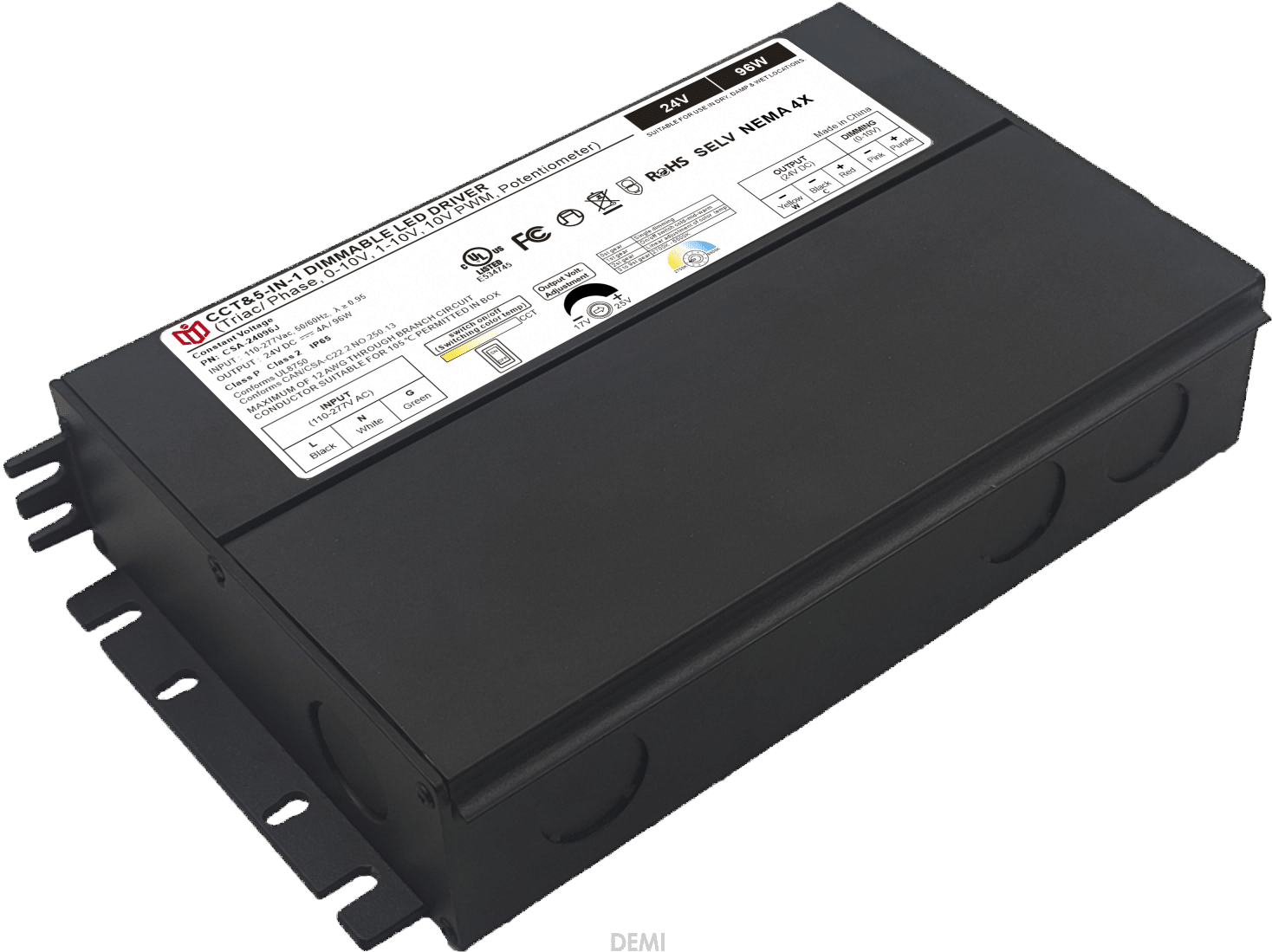Are the protection mechanisms of LED dimming power supplies truly reliable?
When selecting an LED dimming power supply, manufacturers often tout robust "protection mechanisms" as a key selling point—but how valid are these claims under real-world conditions? Let’s dissect the three pillars of reliability: electrical safeguards, thermal control, and component durability.

Electrical Protection: More Than Just Fuses
Modern units typically include overvoltage (OV), overcurrent (OC), and short-circuit protection. However, budget models may use inferior TVS diodes or slow-blow fuses that fail during repeated transient spikes. For instance, cheap ESD suppressors can degrade after dozens of static discharges, leaving sensitive MOSFET arrays vulnerable. Premium solutions employ dual-stage clamping circuits with nanosecond response times, verified through IEC 61000-4 standards testing. Without proper coordination between these layers, cascading failures occur—like a blown X-capacitor triggering downstream semiconductor damage.
Thermal Management: The Silent Killer
Heat remains the Achilles’ heel for most dimmable drivers. While datasheets boast “wide operating temperatures” (-30°C to +70°C), actual performance depends on PCB layout quality. Low-cost designs cram power transistors too closely to aluminum heatsinks, causing localized hotspots exceeding junction limits (Tjmax). Advanced thermal via arrays and phase-change materials aren’t standard yet; only Tier 1 suppliers implement vapor chamber cooling for high-density installations. Remember: every 10°C rise cuts lifespan by half per Arhenius equation principles. Ask yourself—does your supplier provide accelerated aging reports at max load?
Mechanical Robustness vs. Marketing Spin
Vibration resistance gets overlooked despite IP ratings claiming dust/waterproofing. Offshore manufacturing often uses brittle phenolic terminal blocks prone to microfractures from shipping shocks. Military-grade conformal coating adds cost but prevents tin whiskers growth—a hidden hazard in humid climates. Look beyond Ul/CE marks; seek MIL-STD-810G compliance if vibration exists in your application. And don’t ignore solder joint integrity: reflow oven profiles affect intermetallic layer thickness, impacting drop test survival rates significantly.
The Human Factor in System Design
Even perfect hardware fails without intelligent firmware. Smart constant-power mode algorithms must dynamically adjust duty cycles when input voltage sags below nominal levels. Cheap PWM controllers lack brownout detection, risking flicker during grid fluctuations. Topologies matter too—flyback converters struggle with dimming linearity compared to LLC resonant topologies featuring zero-voltage switching (ZVS). Always audit the complete ecosystem: mismatched ballast resistors or non-certified cable bundles create parasitic oscillation paths negating all protection efforts.

Verification Is Non-Negotiable
Relying solely on simulation tools is dangerous. Field failure analysis reveals startling truths: one major brand’s “industrial grade” supply suffered 37% field returns due to undocumented derating curves above 55°C ambient. Third-party testing houses like Intertek now offer HALT (Highly Accelerated Life Testing) profiles simulating 20 years of service in days. Demand traceable test reports showing survival under mixed-mode stressors—combined vibration + humidity + partial discharge events. After all, what good is overcurrent protection if connector pins corrode first?
Ultimately, true reliability emerges from obsessive attention to detail across domains—from silicon wafer selection to final QC inspection protocols. As lighting systems push toward human-centric tunable spectra, the stakes grow higher. Will your next project survive not just today’s demands but tomorrow’s extremes? Only rigorous validation separates marketing promises from engineered certainty.
 In heritage architecture prote
In heritage architecture prote
 When small-batch customization
When small-batch customization
 Have the electromagnetic emiss
Have the electromagnetic emiss
 When Triac dimmable power supp
When Triac dimmable power supp
